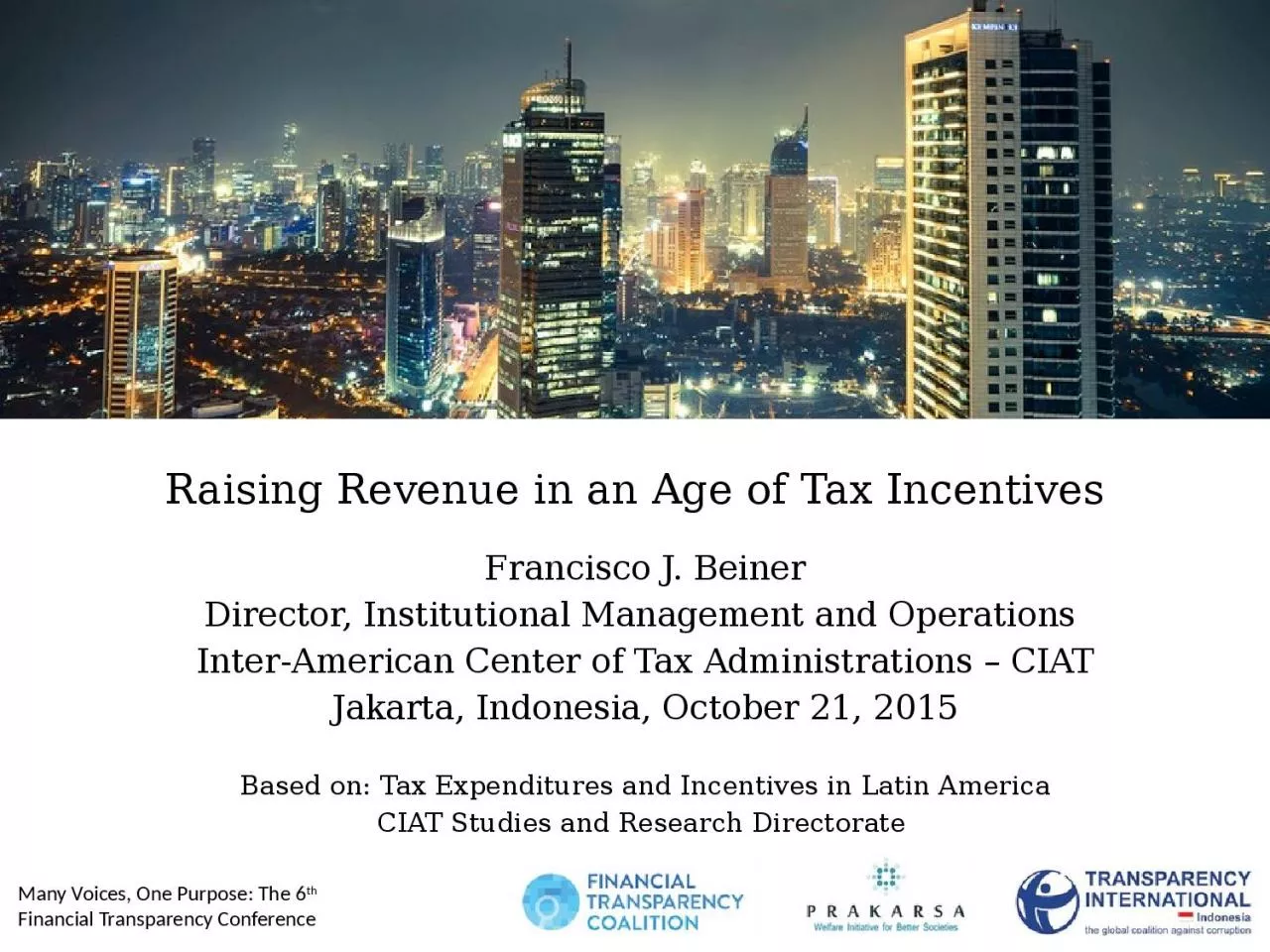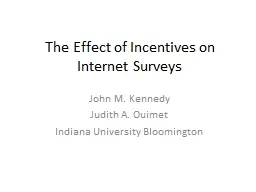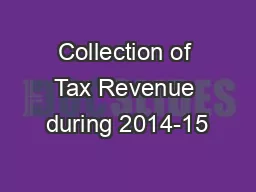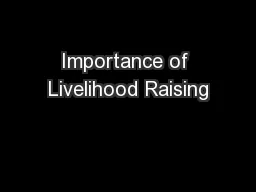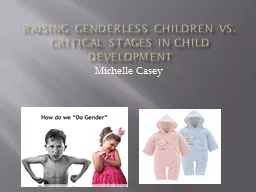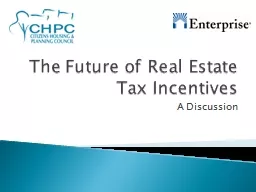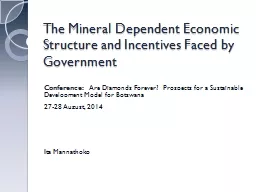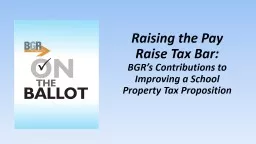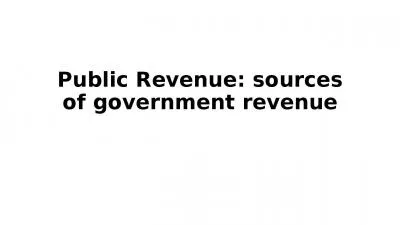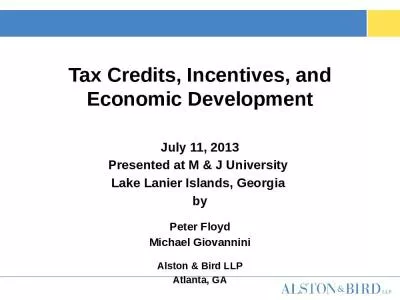PPT-Raising Revenue in an Age of Tax Incentives
Author : udeline | Published Date : 2024-02-16
Francisco J Beiner Director Institutional Management and Operations InterAmerican Center of Tax Administrations CIAT Jakarta Indonesia October 21 2015 Based on
Presentation Embed Code
Download Presentation
Download Presentation The PPT/PDF document "Raising Revenue in an Age of Tax Incenti..." is the property of its rightful owner. Permission is granted to download and print the materials on this website for personal, non-commercial use only, and to display it on your personal computer provided you do not modify the materials and that you retain all copyright notices contained in the materials. By downloading content from our website, you accept the terms of this agreement.
Raising Revenue in an Age of Tax Incentives: Transcript
Download Rules Of Document
"Raising Revenue in an Age of Tax Incentives"The content belongs to its owner. You may download and print it for personal use, without modification, and keep all copyright notices. By downloading, you agree to these terms.
Related Documents

